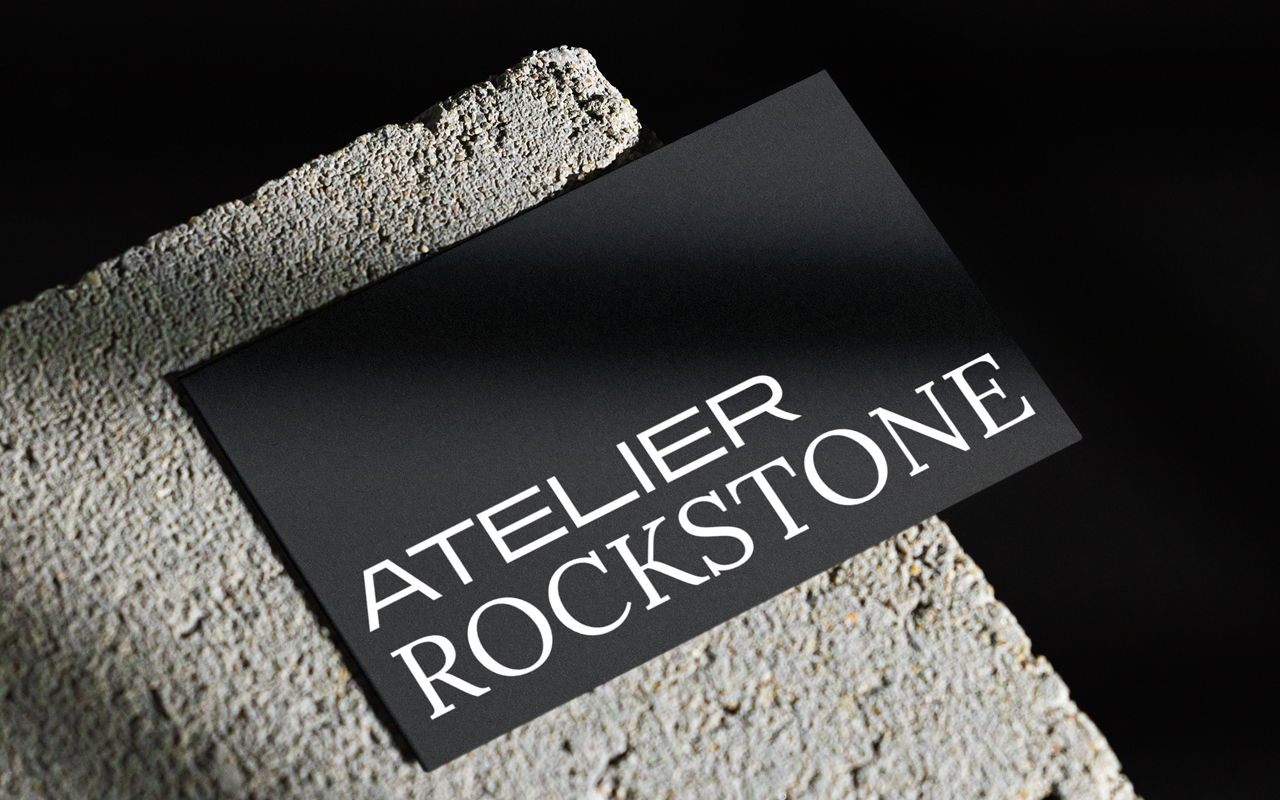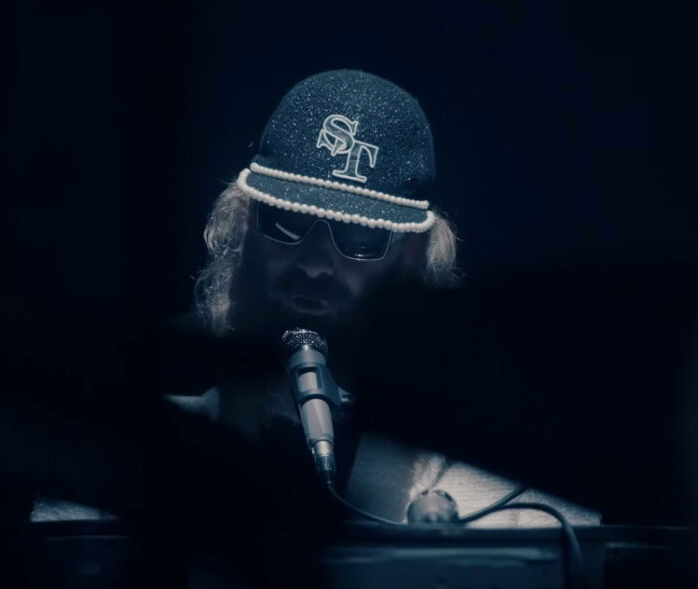
FRANCORCHAMPS
THE STORY OF A
MYTHIC CIRCUIT
En 1921, un nouveau circuit est créé dans les Ardennes belges, autour du petit village de Francorchamps, près de Spa. Le légendaire circuit de Spa-Francorchamps est né. Un an plus tard, le Royal Automobile Club de Belgique, la fédération automobile belge, organise un Grand Prix et, après avoir assisté au succès de la première édition des 24 Heures du Mans en 1923, les dirigeants de la fédération belge décident de créer leur propre épreuve d'endurance. L'objectif est de donner aux constructeurs automobiles belges l'opportunité de se mesurer à la concurrence étrangère sur leur sol.
At the end of the first World War, the chevalier Jules de Thier, owner of the Liège newspaper La Meuse, was looking for a site to revive the La Meuse Cup, a car race that had been interrupted by World War 1 from 1914-1918. Following a meeting at the Hotel des Bruyères, in Francorchamps, with the Baron Joseph de Crawhez (burgomaster of Spa) and the racing-car driver Henri Langlois van Ophem, it was decided that the triangle formed by the routes 32, 23 and 440 connecting Spa-Francorchamps to Malmédy and Stavelot constituted an ideal circuit.
1939

En 1921, un nouveau circuit est créé dans les Ardennes belges, autour du petit village de Francorchamps, près de Spa. Le légendaire circuit de Spa-Francorchamps est né. Un an plus tard, le Royal Automobile Club de Belgique, la fédération automobile belge, organise un Grand Prix et, après avoir assisté au succès de la première édition des 24 Heures du Mans en 1923, les dirigeants de la fédération belge décident de créer leur propre épreuve d'endurance. L'objectif est de donner aux constructeurs automobiles belges l'opportunité de se mesurer à la concurrence étrangère sur leur sol.

C’est probablement en sillonnant la région, que le chevalier Jules de Thier, P.D.G. du journal La Meuse ; le baron Joseph de Crawhez, Bourgmestre de Spa et Henry Langlois van Ophem, Président de la Commission sportive de l’Automobile Club de Belgique se sont arrêtés aux Bruyères pour s’y désaltérer! Un élément va apporter encore un peu plus de poids au projet Francorchamps en cette année 1920. La route du triangle d’or ardennais, reliant Francorchamps – Burnenville – Masta – Blanchimont et… Francorchamps, vient d’être complètement rénovée. Pas encore question d’un ruban bitumé, mais de voiries composées d’une première couche de grosses pierres placées verticalement. On y posait ensuite de gros graviers que l’on recouvrait d’un mélange de petits gravillons mixés à un liant réalisé à base de pierres d’Arkoze qui étaient extraites des carrières de chez Bodarwé à Malmedy.
1942
1953

En 1921, un nouveau circuit est créé dans les Ardennes belges, autour du petit village de Francorchamps, près de Spa. Le légendaire circuit de Spa-Francorchamps est né. Un an plus tard, le Royal Automobile Club de Belgique, la fédération automobile belge, organise un Grand Prix et, après avoir assisté au succès de la première édition des 24 Heures du Mans en 1923, les dirigeants de la fédération belge décident de créer leur propre épreuve d'endurance. L'objectif est de donner aux constructeurs automobiles belges l'opportunité de se mesurer à la concurrence étrangère sur leur sol.
1939
En 1921, un nouveau circuit est créé dans les Ardennes belges, autour du petit village de Francorchamps, près de Spa. Le légendaire circuit de Spa-Francorchamps est né. Un an plus tard, le Royal Automobile Club de Belgique, la fédération automobile belge, organise un Grand Prix et, après avoir assisté au succès de la première édition des 24 Heures du Mans en 1923, les dirigeants de la fédération belge décident de créer leur propre épreuve d'endurance. L'objectif est de donner aux constructeurs automobiles belges l'opportunité de se mesurer à la concurrence étrangère sur leur sol.


C’est probablement en sillonnant la région, que le chevalier Jules de Thier, P.D.G. du journal La Meuse ; le baron Joseph de Crawhez, Bourgmestre de Spa et Henry Langlois van Ophem, Président de la Commission sportive de l’Automobile Club de Belgique se sont arrêtés aux Bruyères pour s’y désaltérer! Un élément va apporter encore un peu plus de poids au projet Francorchamps en cette année 1920. La route du triangle d’or ardennais, reliant Francorchamps – Burnenville – Masta – Blanchimont et… Francorchamps, vient d’être complètement rénovée. Pas encore question d’un ruban bitumé, mais de voiries composées d’une première couche de grosses pierres placées verticalement. On y posait ensuite de gros graviers que l’on recouvrait d’un mélange de petits gravillons mixés à un liant réalisé à base de pierres d’Arkoze qui étaient extraites des carrières de chez Bodarwé à Malmedy.
1942

The first car race was scheduled for the month of August 1921 on a track that was 15.820 km in length. Unfortunately, only one driver registered. The event was thus replaced by a race which gathered together 23 motorbikes and was won by Hassal on a Norton 500cc at an average speed of 90 km/hr.

One year later, the Royal Automobile Club of Belgium organised its "Belgian GP" at Francorchamps, an endurance race for cars won by the Baron de Tornaco-Bruyère in an Impéria-Abadal at an average speed of 88.900 km/hr.

Tarmacking of the track. To avoid stones being thrown up, the dirt track had tarmac laid down.
The history of the circuit
Spa-Francorchamps
The history of the circuit
Spa-Francorchamps
The most legendary track
Spa-Francorchamps
1939
Creation of the Raidillon The removal of the old Customs bend and the construction of a spectacular curve whuich was baptised the Raidillon, more often called the Eau Rouge bend by foreigners. This fast curve with a steep (17%) incline was going to contribute to the international reputation of the circuit and was soon to become the most exciting bend on the calendar.
1939
Creation of the Raidillon The removal of the old Customs bend and the construction of a spectacular curve whuich was baptised the Raidillon, more often called the Eau Rouge bend by foreigners. This fast curve with a steep (17%) incline was going to contribute to the international reputation of the circuit and was soon to become the most exciting bend on the calendar.

Creation of what is still called the "new portion" between Combes and the new Paul Frère bend. The length of the new circuit was brought up to 6.947 km.

Return of the F1
For its return to Francorchamps, the Belgian GP was won by the Frenchman Alain Prost in a Renault.

As traffic was forbidden from March to October, the Circuit became semi-permanent. Then very quickly permanent with 220 days of operation annually. Because of the prohibition on tobacco advertising, the F1 GP was cancelled.






















